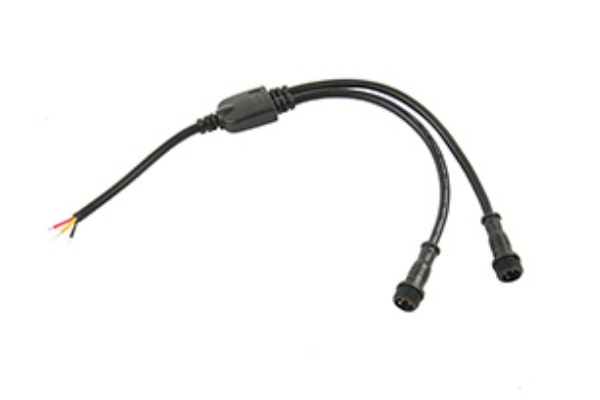News


News

3 pin waterproof connector:The Reliable Link in Smart Outdoor Lighting
Release time:2025-08-22
viewed:237
Walk through any modern city park at night and you'll notice how the lighting responds to your movement—pathways brighten as you approach, architectural features shift colors with the seasons, and safety lighting maintains perfect visibility regardless of weather conditions. Making all this possible is an often-overlooked component working inside every fixture: the 3 pin waterproof connector.

These connectors serve as the critical interface between the smart control system and the physical light fixtures. What makes them essential is their ability to handle both power delivery and control signals through just three pins, while simultaneously protecting those connections from environmental damage.
The three-pin configuration provides separate pathways for positive power, negative ground, and control signals. This design allows lighting controllers to send commands that tell fixtures when to brighten, dim, or change colors. Without this capability, each smart feature would require separate wiring, dramatically increasing installation complexity and cost.
Outdoor lighting faces constant environmental challenges that can destroy ordinary electrical connections. Rain, temperature fluctuations, dust, and occasional physical impact all threaten connection reliability. Standard connectors might last a season before moisture intrusion causes corrosion or short circuits.
The waterproof version addresses these challenges through multiple sealing methods. High-quality units use silicone gaskets that compress between plug and socket, individual seals around each pin cavity, and strain relief features where cables enter the housing. When properly installed, these features maintain protection even when fixtures are partially submerged or exposed to driving rain.
In smart street lighting applications, these connectors must perform reliably for years with minimal maintenance. Cities rely on them to maintain connections between central controllers and individual lights. When a connector fails, that light stops responding to commands—it might remain fully on during daylight hours or fail to brighten when pedestrians are detected, wasting energy and compromising safety.
Architectural lighting projects demonstrate another critical application. Large-scale installations might use hundreds of fixtures that need to operate in coordinated patterns. Each connection point represents a potential failure point that could disrupt entire lighting sequences. The reliability of each 3 pin waterproof connector directly impacts whether expensive lighting designs perform as intended.
Landscape lighting around water features presents perhaps the toughest challenge. Fixtures installed near fountains or ponds face constant moisture exposure, while underwater lights require complete protection against water intrusion. In these applications, connector failure doesn't just mean light malfunction—it can create serious electrical hazards.
Proper installation significantly impacts long-term performance. Experienced installers emphasize several key steps: ensuring cable ends are properly prepared, verifying that sealing surfaces are clean and undamaged, and following manufacturer recommendations for tightening compression fittings. Many field failures trace back to installation errors rather than product defects.
The choice of connector also matters. Different environmental conditions may require different levels of protection. While IP67 rating suits most above-ground applications, underwater installations typically need IP68 protection. Chemical exposure from pool treatments or landscape fertilizers may require specific material compositions to prevent premature degradation.
While lighting controllers and LED technology receive most attention in smart lighting discussions, the physical connections enabling these systems deserve equal consideration. The 3 pin waterproof connector represents one of those essential but overlooked components that make modern outdoor lighting possible. Its ability to reliably transmit both power and data while withstanding environmental challenges makes it indispensable to creating the responsive, energy-efficient lighting environments we increasingly depend on in our urban spaces.